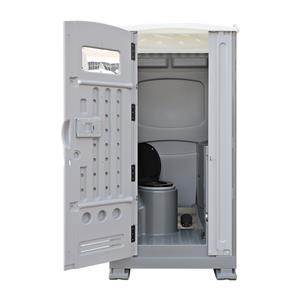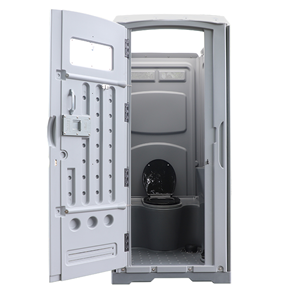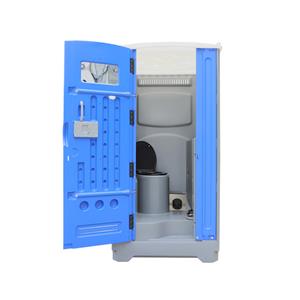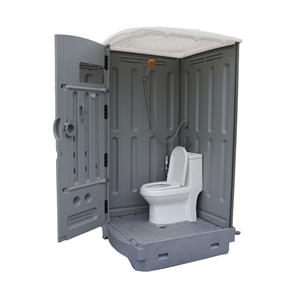World Toilet Day
Every year on 19 November, the United Nations celebrates World Toilet Day to raise awareness for the sanitation crisis across the world. A toilet is small but mighty – just like a hummingbird! The hummingbird is the symbol of World Toilet Day and World Water Day 2023.
In the ancient story, a hummingbird does what she can to fight a great fire – carrying droplets of water in her beak. Her actions – even though small – are helping solve a big problem. Everyone can do something to tackle the sanitation crisis.
You can be like the hummingbird. The more ‘hummingbirds’ there are, the bigger the impact.
We often hear phrases thrown about, like, “ I just need to nip to the loo”, or “I’m just going to the toilet”, right? Going to the toilet (albeit not the most glamorous) is, for the majority of us, easy, clean and something we probably take for granted. But sadly, nearly half the world’s population still live without a “safe toilet”. Nearly half!… Living without access to a safely managed sanitation system isn’t just an inconvenience, but a potentially serious health risk.
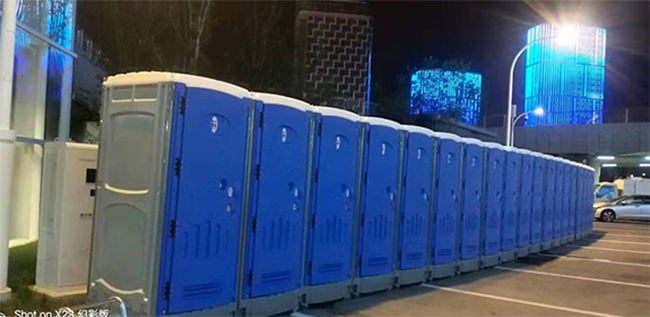
Sanitation is a basic human right, and World Toilet Day has become a stage for championing hygienic water facilities all over the world, so that everyone can alleviate themselves with dignity and in safety.
For too many in the world, this is far from the case. According to United Nations estimates, around 2.4 billion people, or a third of the world’s population, don’t have access to a basic toilet, leaving them exposed to the many diseases transferred through human waste, such as cholera, typhoid and dysentery. Approximately 946 million people defecate in the open, in fields, streams, forests and open city spaces, which puts entire communities at risk of diarrheal diseases.
On 19 November, the world will mark World Toilet Day. This year, the focus is on the link between toilets and nutrition. Regular bouts of diarrhoea, caused by open defecation, poor hygiene and unclean water, contribute to poor nutrition, growth stunting and developmental impairment, preventing children from reaching their full potential. In 2014, the World Health Organization reported 159 million children under five years of age suffer from growth stunting. Nearly 1,000 children die every day from diarrhoeal diseases and poor nutrition, making diarrhoea the second leading disease killer of children, worldwide. These children are missing valuable time at school and their families are forced to spend their limited incomes on medical care, which exacerbates the cycle of poverty.
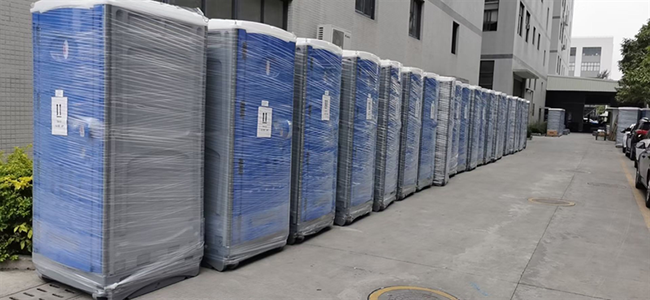
Lack of access to toilets also means women and girls are even more vulnerable to violence. When they leave their home to find a toilet, particularly at night, they face hazards from sexual assault. These women are also denied the dignity of a private place to manage their menstrual hygiene. Safe toilets at schools, clinics and public places enable women and girls to not only manage their menstruation hygienically and privately, it directly contributes to keeping girls in school.
A lack of water and sanitation services also negatively impacts on the global economy. The World Bank Water and Sanitation Program estimates the annual cost of not investing in water and sanitation worldwide is US$260 billion, due to increased health costs, reduced productivity, lost time and poor water quality. In the Pacific, an area of particular interest to me, only 31 per cent of people have access to a basic toilet. This has a seriously detrimental effect on the tourism industry, which relies on the appeal of clean water in lagoons and the ocean.
With more than 3.5 million portable restrooms in global circulation, portable sanitation plays a visible roll in an invisible crisis. Portable toilets play an important part in a human's personal hygiene and health. Because they allow people to dispose of their waste appropriately, preventing contamination of their environment and reducing risk to themselves and their neighbors.
Throughout the world, many people do not have access to sanitation facilities, resulting in improper waste disposal that safely contain waste away from human contact and ensure that waste is properly treated prior to environmental discharge and other risks.
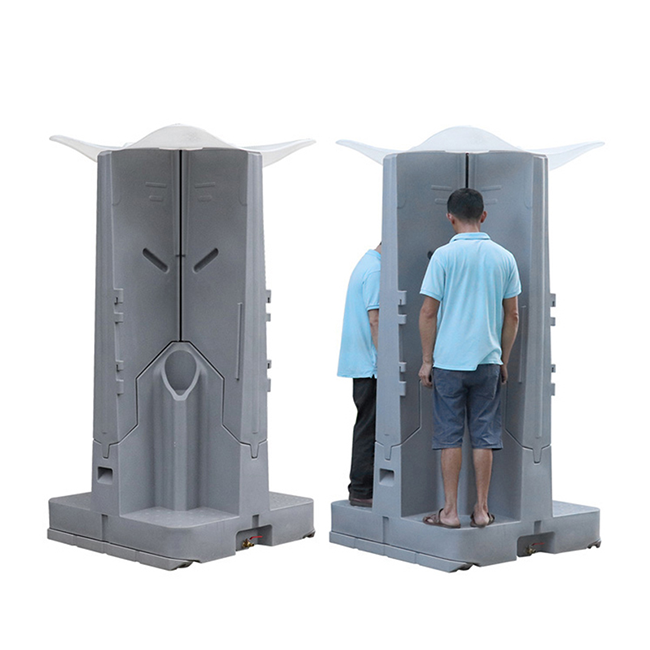
Since portable toilets use less water than in the home, in the United States alone, portable restrooms save more than 125 million gallons of fresh water daily because they don't require flushing and waste is disposed of without the use of water. Portable toilet cabin enclosures can prove exceptionally fruitful in a vast range of applications. For event sites, public gathering sites, construction sites, sports event facilities as for general public use, portable toilet enclosures developed as prefabricated units pose best functionally. These are lightweight and relocatable while helping save construction times and costs by more than 50% and enabling higher safety as well as strength features as opposed to conventional structures.
Inadequate sanitation systems spread human waste into rivers, lakes and soil, polluting the water resources under our feet. However, this problem seems to be invisible. Invisible because it happens underground. Invisible because it happens in the poorest and most marginalized communities.
Groundwater is our most abundant source of freshwater. It supports our drinking water supplies, sanitation systems, farming, industry and ecosystems. As climate change worsens and populations grow, groundwater is vital for our survival.
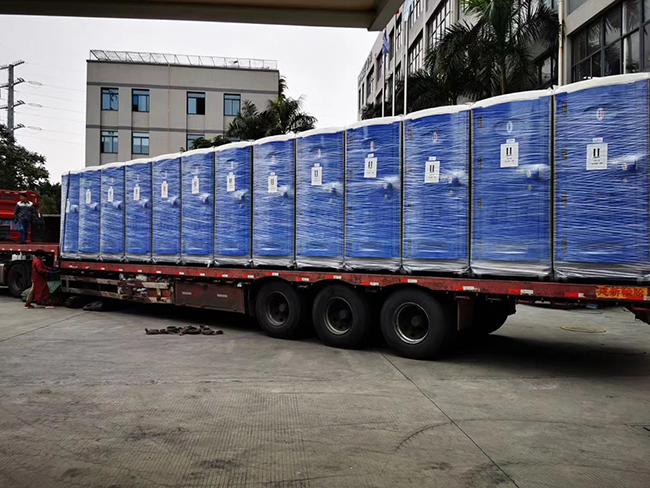
Safely managed sanitation protects groundwater from human waste pollution. Sustainable Development Goal 6.2 is the world’s promise to ensure safe toilets for all by 2030. This means everyone having access to a toilet connected to a sanitation system that effectively removes and treats human waste. But, we are seriously off track to meet this target. Maintaining hygiene and sanitation in porta potties is a responsibility that should not be overlooked. By implementing the best practices mentioned above, event organizers, construction companies, and individuals can ensure clean and sanitary portable restroom facilities for their users. Regular cleaning, proper ventilation, hand hygiene facilities, adequate lighting, efficient waste management, and user education are key factors in creating a positive restroom experience. Let’s strive for excellence in hygiene and make TOPPLA a pleasant and safe option for you.

